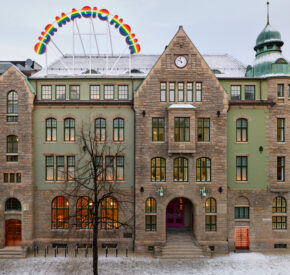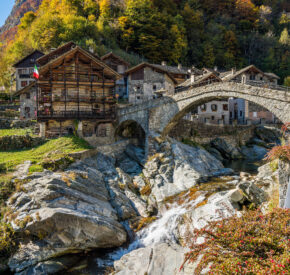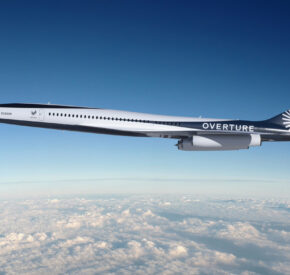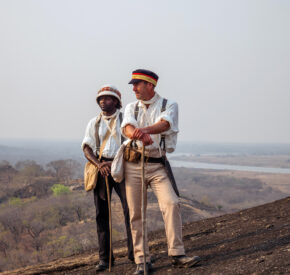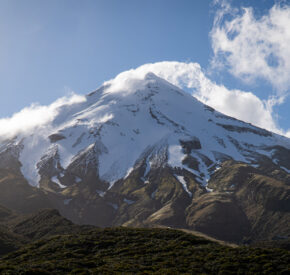
WANDERLUST NEWS
Is this the new Concorde? Everything you need to know about Boom’s supersonic jets Is this the new Concorde? Everything you need to know about Boom’s supersonic jets
In recent weeks there’s been a lot of noise about a certain start-up in the USA that might just be the new Concorde: Boom Supersonic. Perhaps ironic, given the company is developing supersonic flights without the boom.
And while there’s certainly a lot to be excited about – particularly as this is the world’s first independently developed supersonic jet – there’s still a while to go until passengers are able to climb aboard themselves.
Whether you’re a sceptic or a believer, here’s everything you need to know about Boom Supersonic’s chances of becoming the new Concorde.
Concorde versus Boom Supersonic: How do they compare?
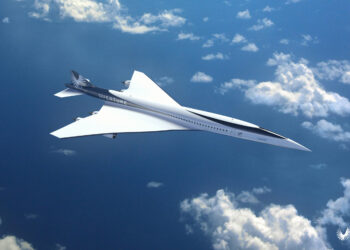
To understand what’s so special about Boom’s supersonic jets, you need to understand why Concorde stopped flying in 2003. There were a number of factors – not least of all a major crash in 2000 – but two of the main issues plagued the jet from the get-go: The amount of expensive fuel being consumed by flights, and the fact that they were really, really loud.
Both are issues that Boom Supersonic aims to address. For the former, the company is coming at the problem from a green perspective, working with Dimensional Energy and AIR COMPANY to provide 100% sustainable aviation fuels.
For the latter, Boom’s supersonic jets are… still going to be quite loud. But the team are working with Mach cut-off principles, whereby breaking the speed of sound at a high enough altitude means that the sonic boom doesn’t reach the ground. This only works at speeds at the lower end of the supersonic spectrum, but its XB-1 test plane managed the feat three times on 28 January this year when it made its first supersonic flight.
Boom has said that it had planned to operate Overture – the name of their planned passenger jet – at Mach 0.94 over land, which is around 20% faster than current planes, before flying at Mach 1.7, or twice as fast, overwater. By applying Mach cut-off principles, Boom have now said they believe Overture will be able to fly at Mach 1.3 overland, reducing USA coast-to-coast flight times by up to 90 minutes.
Aside from fixing these problems, the company has added in a number of new features to make the plane safer. The augmented reality vision system has improved runway visibility for pilots who may struggle to see due to the angle of the plane’s nose, while the body of the plane is almost entirely made from carbon fibre composite materials, making it lightweight yet strong.
Boom Supersonic flight times
While the flight times shared by Boom Supersonic are approximate, it’s hard not to get excited about the possibilities the jet would open.
Estimates shared show a flight from New York to Frankfurt would take four hours and 15 minutes (down from seven hours and five minutes currently); from Los Angeles to Sydney it would take around eight hours and 45 minutes (versus current times of 14 hours and 35 minutes); and San Francisco to Tokyo would take just six-and-a-half hours (instead of 10 hours and 35 minutes).
No estimates for overland routes have been shared thus far, but the company have said there are more than 600 profitable routes being looked at.
So when can we fly on the ‘new Concorde’?
United has signed an agreement to buy 15 of the Overture jets, and the current estimate for the first supersonic United passenger flight is 2029.
Aside from United, American Airlines has made a deposit for up to 20 aircraft, and Japan Airlines has signed a strategic partnership agreement.
More information: boomsupersonic.com
Read next:
11 ways travel has changed over the past three decades
Mapping the last 30 years in numbers
Anniversary special quiz: How well do you know retro travel?




